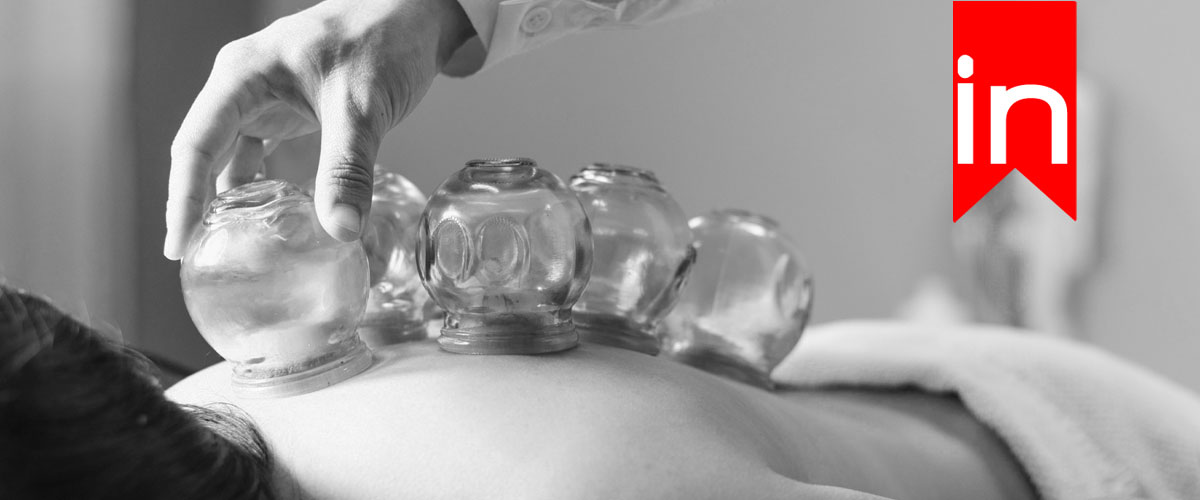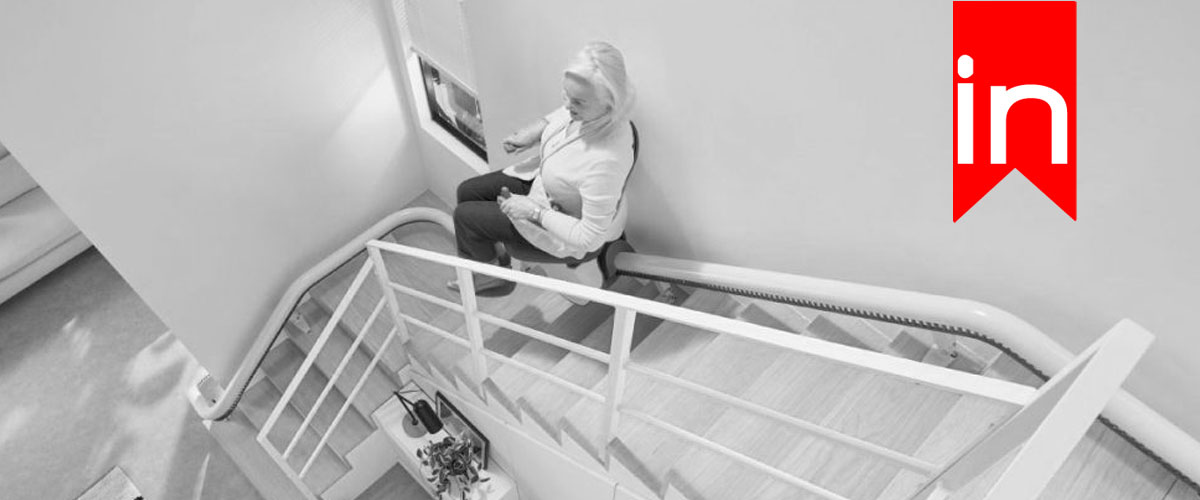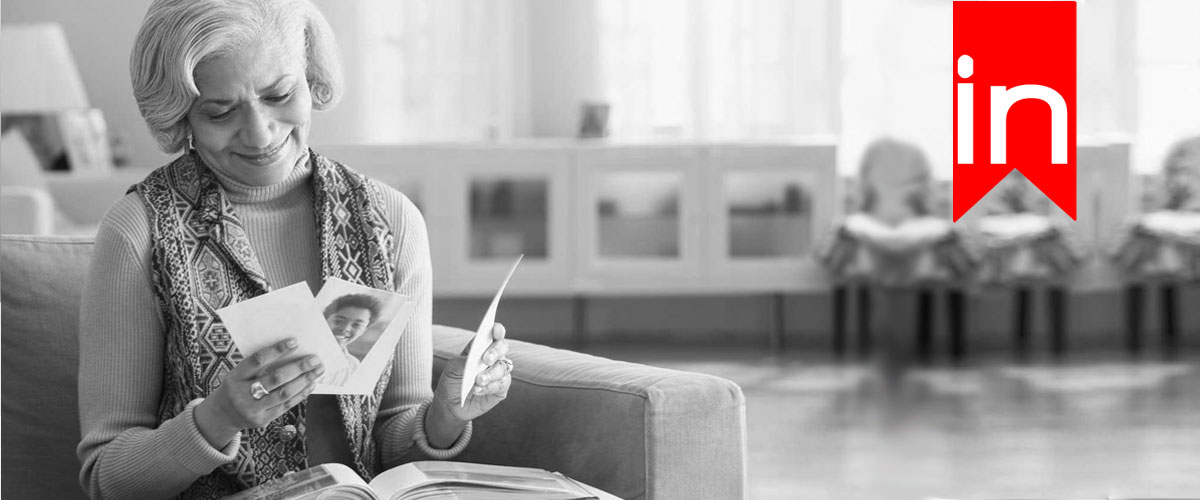Cupping therapy is a form of alternative medicine that uses suction to create localized suction on the skin. It is often used to treat pain or inflammation, but there is no evidence it works for any of these purposes. It can be useful for seniors to use cup therapy to help with some ailments and other variety of conditions.
Cupping therapy has been around for thousands of years and was popularized in the United States and Canada during the 1970s as part of an alternative medicine movement that spanned from the 1950s through the 1980s.
Highlights
- Cupping therapy uses suction to relieve pain and improve blood flow, but lacks robust scientific support for its effectiveness.
- Various cupping techniques include dry, wet, and moving cupping, each suitable for different health needs but should be performed by qualified professionals.
- Seniors considering cupping should consult with healthcare providers to assess risks like bruising and interactions with existing conditions or treatments.
What Is Cupping Therapy?
Cupping therapy is an ancient form of traditional Chinese medicine that involves placing cups on the skin to create suction. This suction is believed to stimulate the flow of blood and energy, reduce pain, and promote healing.
Cups used in cupping therapy can be made of a variety of materials—such as glass, bamboo or silicone—and the suction is typically created by applying heat or using a pump. The therapy is often performed on the back, but can also be applied to other parts of the body such as the arms, legs, and face.
Cupping therapy is used to treat a variety of conditions, including musculoskeletal pain, respiratory problems, digestive disorders, and stress. While some people have reported benefits from cupping therapy, the scientific evidence supporting its effectiveness is limited and more research is needed to fully understand its benefits and potential risks. It is recommended to consult with a licensed healthcare professional before beginning cupping therapy.
Benefits Of Cupping Therapy
Cupping therapy has been around for thousands of years, and various cultures have used it to treat many health conditions. Some of the claimed benefits of cupping therapy include:
- Pain relief: Cupping therapy can relieve pain in various parts of the body, including back, neck pain and shoulders.
- Improved blood circulation: The suction created by the cups is thought to promote healing by increasing blood flow and improving blood circulation.
- Relaxation: Cupping therapy is often used as a relaxation technique and is said to help relieve stress and promote overall well-being.
- Improved respiratory function: Cupping therapy is sometimes used to help relieve respiratory problems such as coughing, asthma, and bronchitis.
- Detoxification: The suction created by the cups is thought to draw toxins out of the body, thereby improving overall health.
- Improved digestion: Cupping therapy is sometimes used to ease digestive problems such as bloating, constipation and indigestion.
It is important to note that the scientific evidence supporting these benefits is limited and more research is needed to fully understand the effects of cupping therapy.
Different Cupping Techniques In Cup Therapy
Yes, there are different types of cupping therapy. Here are a few of the most common methods:
- Dry cupping: This is the most traditional form of cupping therapy and involves creating suction on the skin without the use of any liquids or oils. The cups are usually heated before they’re applied to the skin, causing them to form a tight suction seal.
- Wet cupping: Also known as “hijama,” involves making using small incisions in the skin and using the cups’ vacuum action to remove blood. Wet cupping is said to help with a variety of conditions, including chronic pain and skin problems.
- Flash cupping: This involves moving the cups quickly over the skin and creating what feels like “a flash” of suction. This method is typically used for treating pain and promoting relaxation.
- Moving cupping: This involves applying oil to the skin and using the cups to create suction. The cups are then moved over the body and skin in a gliding motion. This type of cupping is said to help with deep tissue pain and muscle tension.
- Magnetic cupping: This involves using cups containing magnets, that are said to enhance the healing benefits of cupping therapy.
Each type of cupping therapy may have different benefits and risks, and the choice of which method to use will depend on the individual and their specific health needs.
Who Performs Cupping Therapy?
Cupping therapy can be performed by a variety of healthcare professionals, including acupuncturists, massage therapists, physical therapists, and chiropractors. In some countries, cupping therapy may also be performed by traditional medicine practitioners; historically, traditional Chinese healers.
It is important to choose a qualified and experienced practitioner or therapist for cupping therapy. A qualified practitioner will know the various types of cupping therapy and be able to determine which is best suited for your needs.
In Canada, a practitioner can be trained under Cupping Canada Inc. and is regulated under these Canadian Associations:
- Massage Therapist Association of Alberta (MTAA)
- Canadian Massage & Manual Osteopathic Therapists Association (CMMOTA) – Previously RMTA
- Massage Therapy Association of Manitoba (MTAM)
- Massage Therapy Association of Saskatchewan (MTAS)
- Massage Therapist Association of Nova Scotia (MTANS)
- Certified Registered Massage Therapist Association (CRMTA)
- Natural Health Practitioners of Canada (NHPC)
- College of Massage Therapists of Newfoundland and Labrador (CMTNL)
- Canadian Athletic Therapists Association (CATA)
- College of Massage Therapists of New Brunswick (CMTNB)
Discuss any health conditions or medications with the cupping practitioner to ensure that the therapy is safe and effective for you.
Can Cupping Therapy Be Used On Seniors?
While cupping therapy can be used on seniors, it is important for anyone considering the treatment to also consider their overall health and medical history.
Because some cupping therapy methods involves suctioning blood to the surface of the skin, such as in wet cupping. Some seniors may find it aggravates certain medical conditions or causes bruising where cups are placed. It is always best to consult a doctor before beginning cupping therapy.
In general, cupping therapy is considered to be safe for most people, but it may not be suitable for those with certain conditions, such as skin infections, bleeding disorders, or certain heart or lung conditions. If you are a senior and are considering cupping therapy, it is important to discuss the risks and benefits with a healthcare professional who is familiar with your individual health situation.
What Should Seniors Be Aware Of When Doing Cupping Therapy?
Seniors should be aware of the following when undergoing cupping therapy:
- Health conditions: Seniors with certain health conditions, such as heart problems, lung problems, or bleeding disorders, may not be suitable candidates for cupping therapy.
- Sensitivity: Some seniors may be more sensitive to the suction created by cupping treatments, so it is important to start at a mild level and gradually increase that intensity if needed.
- Skin bruising: Cupping therapy can lead to skin bruising, especially in the elderly with thin or delicate skin. The bruises usually do not cause pain and go away within a week’s time.
- Pain: While cupping therapy can be beneficial for some seniors, others may experience discomfort with or after the treatment. If pain occurs during or following this procedure, speak to a medical professional about your concerns.
- Alternative therapies: If a senior is already undergoing other forms of therapy, it is important to discuss how cupping therapy may interact with these therapies before starting the treatment.
It is important to discuss any health conditions or medications with a healthcare professional before undergoing cupping therapy.
Does Cupping Therapy Work?
There is no scientific evidence supporting the benefits of cupping therapy. What is currently out there to research is limited and more is needed to fully understand its effects. It is also important to note that cupping therapy may not work for everyone, and its effectiveness may vary from person to person.
In Summary
Cupping therapy can be a great way to help your elderly relatives stay active and healthy. In addition to the physical benefits of cupping, it can also help them connect with their loved ones and feel more connected to their communities. In general, cupping therapy is considered safe for most people, but it may not be suitable for everyone. If you are considering cupping therapy, it is important to consult with a healthcare professional.


